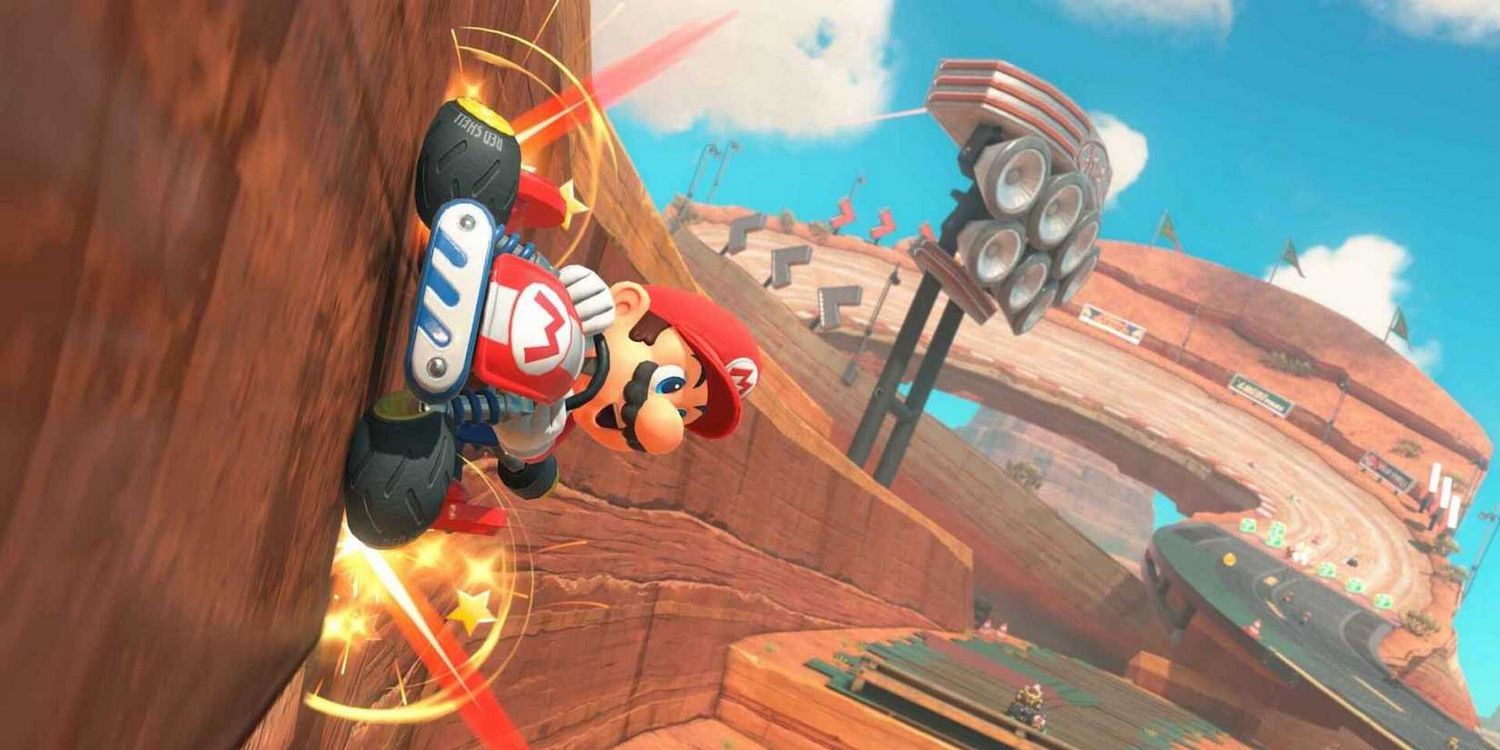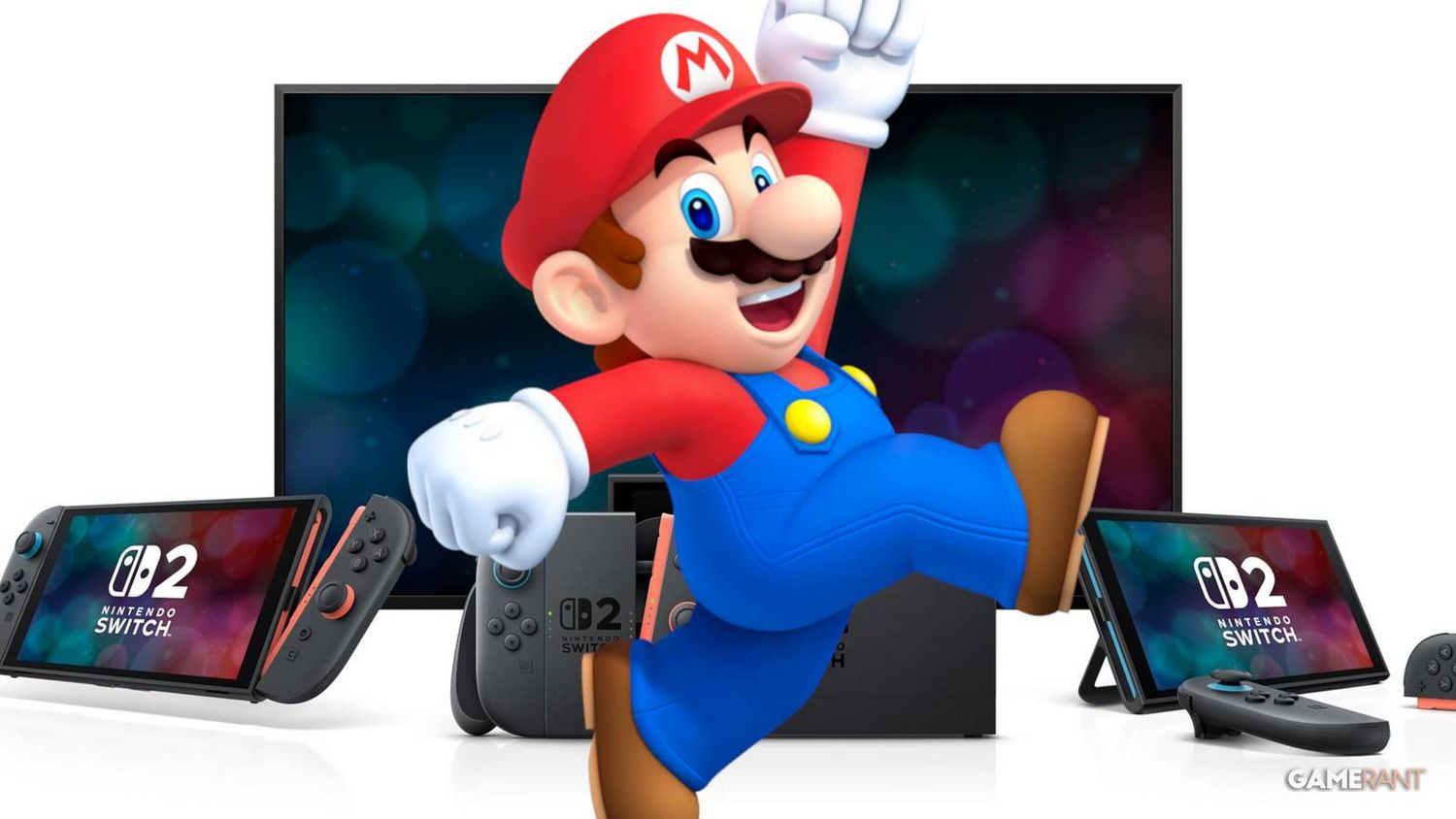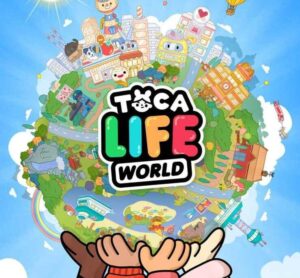Nintendo Switch 2 Breaks New Records, Surpassing 2 Million Units Sold in Japan
Popular Now
 The Legend of Zelda
The Legend of Zelda
 God of War Ragnarök
God of War Ragnarök
 Valorant
Valorant
 Fall Guys
Fall Guys
 Grand Theft Auto V
Grand Theft Auto V
 Gacha Club
Gacha Club
 Call of Duty
Call of Duty
 Candy Crush Saga
Candy Crush Saga
 Schedule I
Schedule I
 Stumble Guys
Stumble Guys 

 The global gaming market is buzzing with excitement as the Nintendo Switch 2 continues its unprecedented sales trajectory. In a remarkable new development, the latest sales data from Famitsu, a leading Japanese gaming magazine, reveals that the Nintendo Switch 2 has officially surpassed the two million units sold milestone in its native Japan. This achievement solidifies its position as one of the fastest-selling gaming consoles in the country’s history and underscores the immense consumer demand for the new hybrid system.
The global gaming market is buzzing with excitement as the Nintendo Switch 2 continues its unprecedented sales trajectory. In a remarkable new development, the latest sales data from Famitsu, a leading Japanese gaming magazine, reveals that the Nintendo Switch 2 has officially surpassed the two million units sold milestone in its native Japan. This achievement solidifies its position as one of the fastest-selling gaming consoles in the country’s history and underscores the immense consumer demand for the new hybrid system.
A Historic Performance in the Japanese Market
The Nintendo Switch 2, which launched to immense fanfare on June 5, 2025, has demonstrated explosive market penetration. According to the latest figures, the console has sold over 2 million units in just 14 weeks since its release. This places it second only to the legendary Game Boy Advance, which reached the same milestone in a slightly shorter 13-week period. This sales performance is particularly impressive when compared to other industry giants at the same point in their life cycle:
- Nintendo DS: 1.87 million units
- PlayStation 2: 1.79 million units
- Wii: 1.75 million units
The achievement is a clear indicator that Nintendo has effectively capitalized on the strong brand loyalty and the established consumer base of the original Switch, which has sold over 150 million units worldwide. The Switch 2’s success in Japan is further highlighted by its continued dominance in weekly hardware charts. For the week ending September 14, 2025, the console sold over 44,000 units, comfortably outpacing all competitors, including the PlayStation 5 and the original Switch models.
Global Momentum and Market Impact
Beyond Japan’s borders, the Nintendo Switch 2’s sales performance is equally compelling. In the United States, the console has already sold over two million units, outpacing the launch cadence of the original Nintendo Switch by a staggering 75%. This incredible momentum is driving hardware spending to levels not seen in over a decade. Analysts at Circana note that the strong sales of the Switch 2 helped propel July 2025 hardware spending to $384 million, marking the highest July hardware spend since 2008.
Worldwide, the console’s sales trajectory has been nothing short of historic. Within its first four days, the Switch 2 sold over 3.5 million units, making it the fastest-selling Nintendo console in history. By the end of July, global sales figures were estimated to have surpassed 7 million units. This rapid adoption rate, fueled by a combination of pent-up demand and effective marketing, has positioned the Switch 2 as a dominant force in the current console generation, despite facing competition from the PlayStation 5 and Xbox Series X|S.
Software and Ecosystem: Key Drivers of Success
The success of the Nintendo Switch 2 isn’t just about the hardware; it’s also about the robust software ecosystem. The console’s launch has been supported by strong first-party titles that are driving significant software sales. Key titles like Mario Kart World and Donkey Kong Bananza have been instrumental in attracting early adopters.
- Mario Kart World has sold over 1.7 million physical units in Japan alone and boasts an incredibly high attachment rate, with a vast majority of Switch 2 owners purchasing the game.
- Donkey Kong Bananza has also performed well, settling in as a staple title that continues to sell as the console’s user base expands.
Nintendo’s strategy of ensuring backwards compatibility for a significant portion of the existing Switch library also plays a crucial role. This feature not only provides new users with an instant library of hundreds of games but also incentivizes existing Switch owners to upgrade, allowing them to continue playing their beloved titles with improved performance and visuals. This is a significant advantage over competitors and a powerful selling point for consumers.
Challenges and the Road Ahead
While sales figures are overwhelmingly positive, the console’s journey is not without its challenges. Reports of ongoing supply constraints in some regions, particularly in Japan, suggest that demand is still outstripping supply. Additionally, some markets, like Spain, have seen the PlayStation 5 pull ahead in recent weeks, with a perceived weakness in the Switch 2’s third-party game library being a contributing factor. The reliance on “Game-Key Cards” for some third-party titles, which requires significant downloads, has also been a point of contention for some users.
Looking ahead, Nintendo has set an ambitious sales target of 15 million units by the end of its first fiscal year in March 2026. With major upcoming releases like Pokémon Legends: Z-A and Metroid Prime 4: Beyond on the horizon, the company is well-positioned to maintain its sales momentum and further cement the Switch 2’s legacy as a commercial powerhouse. The remarkable sales milestones achieved so far indicate a bright future for the hybrid console, signaling that Nintendo’s innovative approach continues to resonate strongly with the global gaming community.







